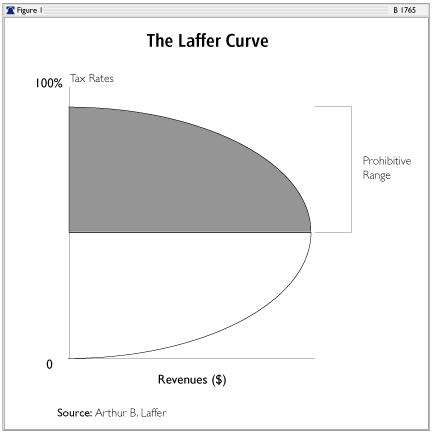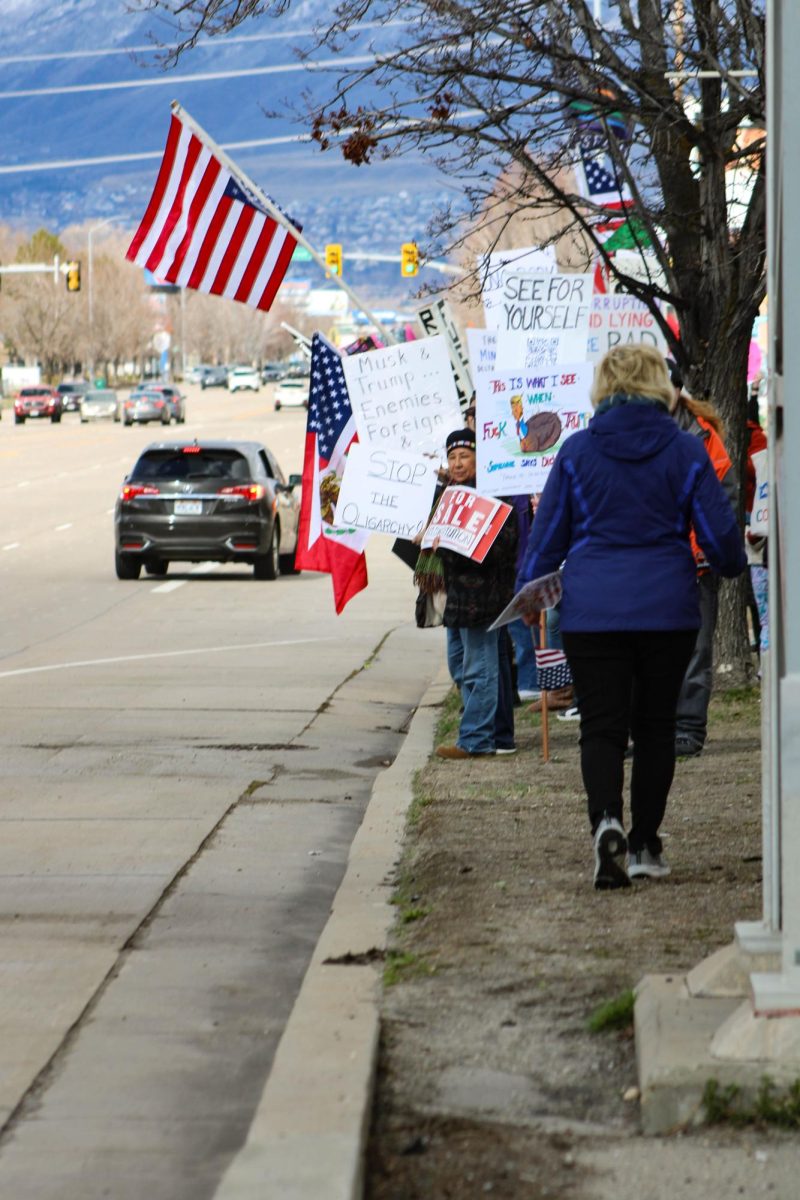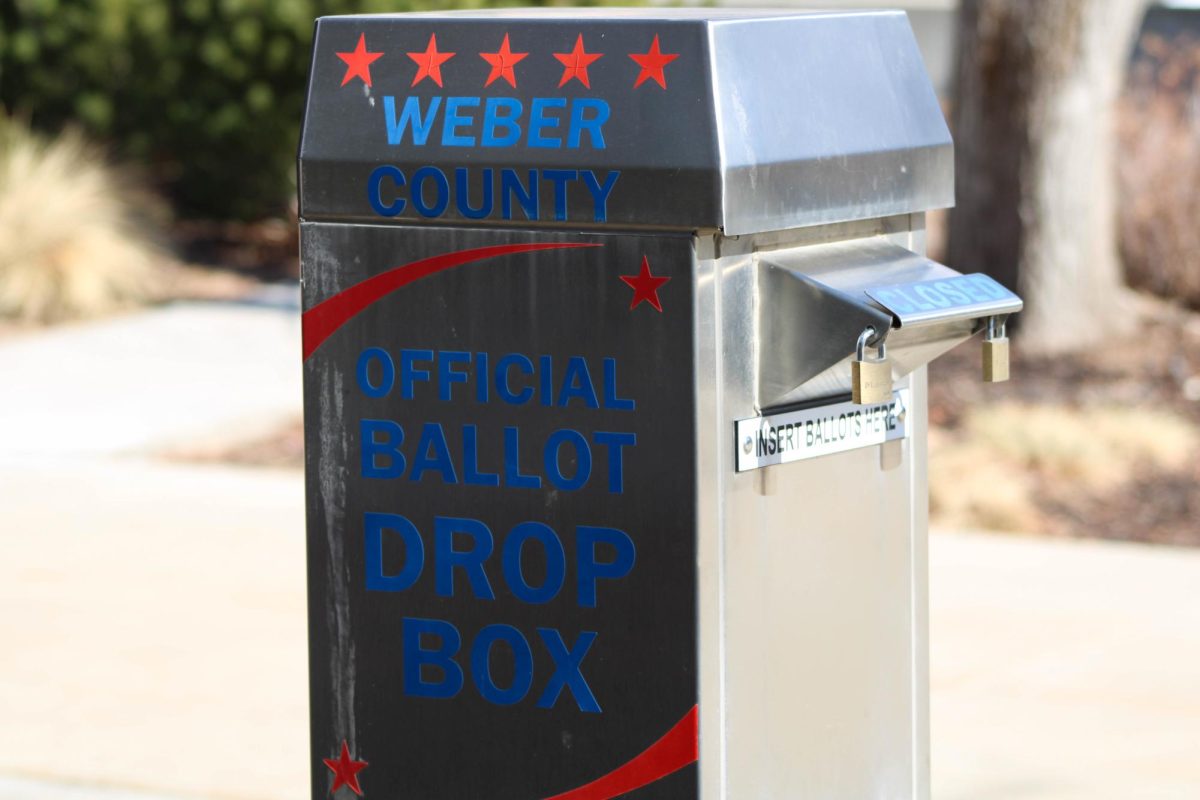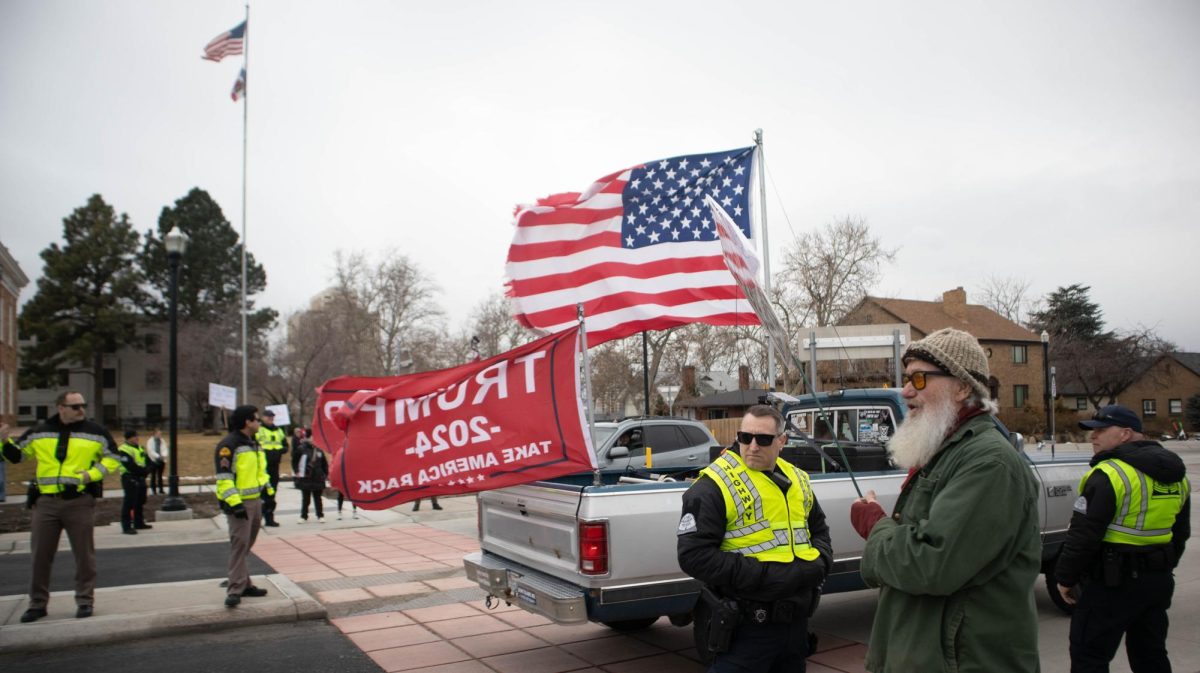President Donald Trump’s first year has been filled with several policies as well as controversies. Weber State University professors reflected on his effectiveness in achieving his campaign promises thus far.
Foreign Policy
According to Branden Little, WSU associate professor of history, a presidential policy’s effectiveness is often determined beyond the first term, due to either changing circumstances or lack of resolution to those issues. This is because a variety of greater issues may arise during a president’s later terms, which may not have been foreseen prior to their election.
An example Little provided was Woodrow Wilson’s domestic security concern with revolutionary Mexico during his first year, until the explosion of World War I, which shifted his administration’s interest later into his presidency.
“So, within a short period of time,” Little said, “Wilson’s administration confronted an even more complex national security obligation.”
During Trump’s first term, his administration has held a contentious relationship with the United Nations. Recently, he threatened withholding U.S. aid to countries that voted in favor of a resolution rejecting his recognition of Jerusalem as the capital of Israel.
He’s also subsequently reduced as much as $285 million from U.S. funding to the U.N. 2018-19 operating budget after the resolution passed.
Little believes Trump’s more controversial actions with the U.N. stand in the way of a more beneficial relationship between the U.S. and abroad.
“The United States had, and still has, a vested interest in the United Nations,” Little said. “In forming it, in financing it and in helping transform ideas into institutions globally.”
Little provided the United Nations Children’s Fund as an example. Formerly known as United Nations International Children’s Emergency Fund, UNICEF funds childhood education and additional needs in developing countries with other organizations like the World Bank Group and United Nations Industrial Development Organization.
Trump’s criticisms towards the United Nations during his first term — and U.S. taxpayers in general — have been toward the funding of a fundamentally international organization that sets the interests of other countries as a priority and not necessarily the United States’ interests at heart.
On this issue, Little believes is a legitimate complaint and concern for taxpayers.
“However, I personally think that the United States would be the beneficiary of an improved relationship with the United Nations in just about every aspect of its endeavors,” Little said.
Domestic Policy
Doris Geide-Stevenson, WSU professor of economics, reflected on Trump’s economic policies like the Tax Cuts and Jobs Act signed on Dec. 22, 2017.
One of Trump’s major economic policies included this act. The Tax Cuts and Jobs Act would reduce corporate tax rate from 35 percent to 21 percent in 2018. This follows a policy during the “Reaganomics” era of economic policy, where tax cuts then affected tax rates nearly as high as 70 percent.
It was in this circumstance, according to Geide-Stevenson, that a tax cut would have been beneficial and the Laffer Curve would have fallen into the prohibitive range, where tax levels would be so high that it would affect economic growth negatively.

The Laffer Curve is an economic theory that underpins supply-side economics, Reaganomics and the Tea Party’s economic policies. It was developed by Arthur Laffer in 1979, stating that if tax rates went above a certain point — a prohibitive range — then it would be too high and provide less revenue for the government.
The theory advises lower tax rates, so taxpayers and businesses would have more money to further grow the economy and make the creation of more jobs affordable for businesses. Seeing as tax rates today are half what they were in the 1980s, Geide-Stevenson believes Trump’s tax cuts wouldn’t be nearly as helpful.
“In the ’80s, that kind of idea (Laffer Curve) was used to bring across this point that bringing back tax rates would bring more tax revenue in,” Geide-Stevenson said. “The thing is that did not happen. Because that did not happen, it’s not a real useful concept in some ways to think about this.”
The Laffer Curve, then, has received much criticism towards its relevance about assumptions made on revenue incurment. One of these assumptions is that companies would respond to increased revenue from tax cuts by creating jobs.
This isn’t necessarily the case, according to the Federal Reserve data in 2017, which recorded almost $2.3 trillion in cash reserves of non-financial companies liquid assets, including foreign deposits, currency and money market and mutual fund shares.
“What is more useful — and this is how macroeconomics looks at it — is, ‘What’s our current economic situation? How close to full employment are we?’” Geide-Stevenson said.
Geide-Stevenson then explained that during the early 1980s, the U.S. experienced double digit unemployment rates. It was precisely these unemployment rates that created an incentive for businesses to receive tax cuts in order to create more jobs, thus increasing more revenue for the government.
As of Feb. 2, 2018, the unemployment rate remained at 4.1 percent, according to the U.S. Bureau of Labor Statistics. With such relatively low employment rates, and with many corporations who would benefit from Trump’s tax cuts already holding large amounts of money, Geide-Stevenson believes the Tax Cuts and Jobs Act wouldn’t nearly be as effective as the tax cuts were to businesses in the 1980’s “Reaganomics” period.
“Today, the economy does not have that situation,” Geide-Stevenson said. “We actually have, very slowly, crawled our way back from the Great Recession. We’re now back at this nearly full employment situation, the question is why create a tax cut now when you’re already at near full employment? That does not make sense to a lot of people.”
According to the Bureaucratic Politics Model, a consideration of the limitations an individual faces on shaping a bureaucracy, Little explained that presidents in the past would enter an administration with grand goals in mind and would then be forced to conform to the habits and systems already in place.
“I think Trump is discovering that as a result,” Little said. “He has probably fundamentally achieved very little of what he actually set out to accomplish. In that respect, you could say that the pressures of the job and the limits of the powers of the president, domestically especially, have curtailed his ability. And frankly, his predecessors have been no different.”



















